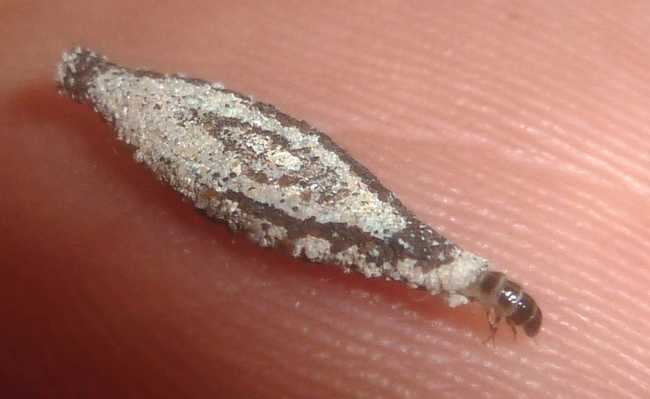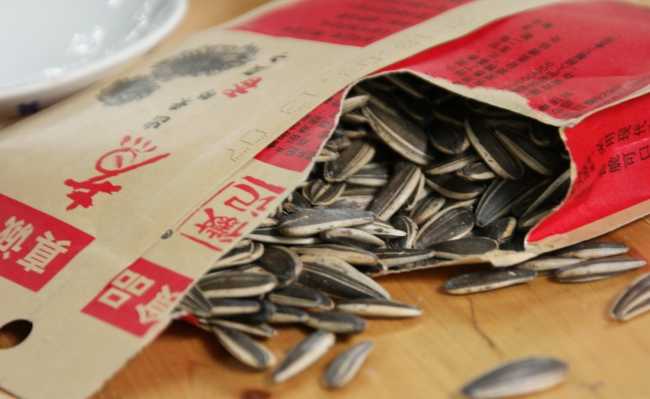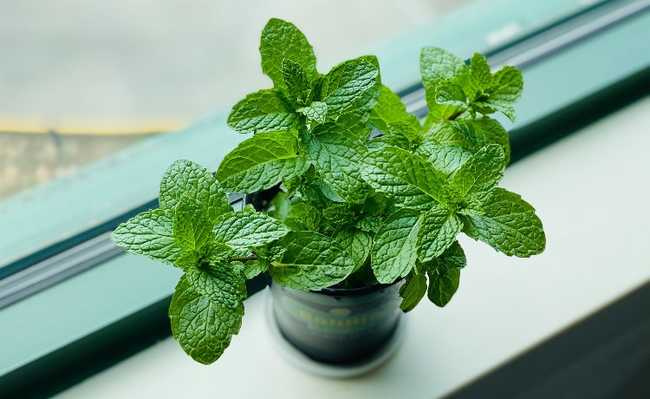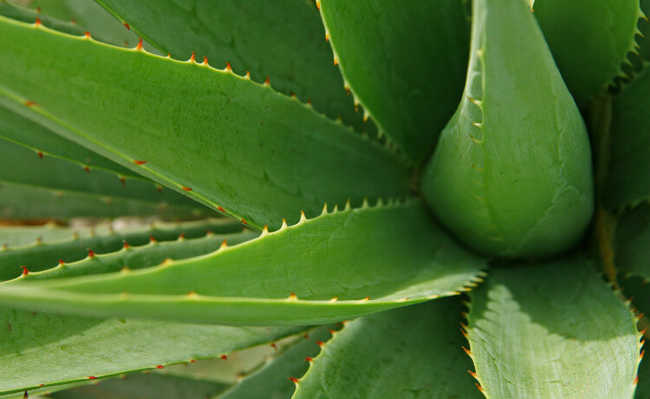Friendly fire: controlled burning is necessary for the preservation of the Cerrado, according to research
A study defends the need for judicious burning for the preservation of the richest savanna in the world, a prodigy of biodiversity and cradle of important Brazilian rivers

Almost always presented as an enemy of ecosystems, fire is, however, indispensable for the preservation of savannas, as unanimously affirmed by scholars on the subject. In Brazil, the Cerrado, which is the most biodiverse savanna in the world, is seriously threatened by the combination of two factors: the expansion of the agricultural frontier and the prohibition of the use of fire as a management method. This is what supports the article The need for a consistent fire policy for Cerrado conservation, published by Giselda Durigan, from the São Paulo State Forestry Institute, and James Ratter, from the Botanic Garden Edinburgh, Edinburgh, Scotland, in Journal of Applied Ecology.
Giselda Durigan, who is also a professor in postgraduate programs in Forest Science at the São Paulo State University (Unesp) and in Ecology at the State University of Campinas (Unicamp), has studied the Cerrado for over 30 years. He recently participated in the project “Impact of anthropogenic factors (fire, agriculture and grazing) on biodiversity in savannas”, supported by FAPESP within the scope of the Belmont Forum. And, among several ongoing studies, it is part of the project “Effects of fire and its suppression on the structure, composition and biodiversity of the ecosystem in the Cerrado's physiognomic gradient at the Santa Barbara Ecological Station”, partially supported by the National Science Foundation, from United States.
“In the savannas all over the world, there is a process of densification of vegetation, with loss of biodiversity. And the main cause, in Brazil, is the suppression of fire. The Cerrado becomes more and more full of trees and starts to turn into a forest. As four-fifths of the plant biodiversity of this biome is in the herbaceous stratum, turning into a forest constitutes a huge loss of biodiversity. Most plants in the Cerrado do not support shade. So, when the canopy formed by the tops of the trees closes and shades the ground, hundreds of species of endemic plants disappear”, said the researcher to Agência FAPESP.
“Our study at the Santa Bárbara Ecological Station, in the western region of the State of São Paulo, showed that, from a given point of densification, the transformation of the Cerrado into forest becomes irreversible . So we can't let biomass get past that point. You must have a burning program. Everyone thinks fire is 'evil' when it comes to ecosystems. However, the understanding that fire is necessary, but needs to be managed, is a consensus among savanna researchers. We have to relearn how to handle fire as the indigenous people have been doing for thousands of years,” he continued.
It must be made clear right away that when he talks about the use of fire, Durigan is not referring to indiscriminate burning, but to a carefully established management method, with zoning of the total area and burning schedule, in a rotation system. The zoning defines a mosaic-shaped structure and the schedule establishes the right times to burn each part. In this way, a part is burned at a certain time; another a few months later; another the following year; and so on. There is a rotation in the burnings of the parts, but the mosaic between newly burned portions, portions burned some time ago and portions that have not burned for a long time remains. This ensures the replacement of vegetation and ensures escape routes and habitats for the animals. “At the Santa Bárbara Ecological Station, we are burning continuous areas of 20 to 30 hectares, without any risk to the flora, without any loss of fauna, and with great benefits,” said the researcher.
“Savannas burn spontaneously. Type C4 grasses, which are fundamental to the existence of savannas, evolved about 8 million years ago, in the presence of fire, long before the appearance of the human species on the planet. What we don't want is uncontrolled fire. Why, recently, 60 thousand hectares of Chapada dos Veadeiros burned in a few days? Because a fire prevention policy was being promoted. And this caused an enormous amount of combustible material to accumulate. So when a fire broke out, it spread uncontrollably. The most disastrous example of an uncontrolled fire was in Yellowstone Park, in the United States, where a fire prevention policy had also been adopted. The result was that, when it burned, the entire park burned, and it was a calamity, because the fauna was left without habitat, without food,” argued Durigan.
As the researcher informed, the savannas are tropical climate biomes formed by sparse trees and soil covered by grasses and herbaceous and shrubby plants. These formations arose due to the combination of two main factors: a very characteristic rainfall regime, with rainfall concentrated in summer and drought in winter, generally associated with soil properties.
rain on the sand
When it rains on clayey soil, which is muddy, the water is retained for a long time. But when it rains on the sand, it only takes two days of drought for the soil to be dry again. So, in a tropical climate region where there is a mosaic of forests and savannas, such as the west of the State of São Paulo, if the soil is more clayey, the predominant vegetation is forest type, because the forest is more demanding in terms of water. If the soil is sandy, the three months of drought, common in this region, are enough to make it difficult for forest-type vegetation to colonize the area. And, in this case, the Cerrado settles down. Its trees have very deep roots and seek the water accumulated underground by rains that occurred months before. What rules is the availability of water in the soil for the plants, which depend on how much it rains and how much the soil stores.
All savannas in the world have two determining characteristics: a prolonged dry season and fire as a natural selection and evolutionary pressure factor. Cerrado plants evolved in the presence of fire. And they adapted to it. The rustic trees of the Cerrado are often covered with a thick suber – something like a blanket, formed by dead cells, which envelops trunks and branches. When the Cerrado burns, the suber acts as a thermal insulator, preventing the high temperatures from reaching the internal living tissue. The suber burns externally, but the tree survives, and a new suber is formed. As for grasses, they soon regrow. And it only takes two months for the burnt Cerrado to transform itself into a lush garden.
“The extraordinary resilience of the Cerrado, that is, its ability to react to disturbances, is mainly due to the underground structure of the plants, which regrow countless times. Hence the risk to the survival of the Cerrado currently constituted by agricultural expansion. Because, when cattle ranching was established in the Cerrado, there was deforestation and a change in the landscape, with the predominance of rural physiognomies, very open vegetation and few trees. But the underground structure of the plants was, in general, preserved and, thus, there was no total loss of biodiversity. With agriculture it is different. Underground structures are deliberately destroyed because it is necessary to eliminate all pre-existing vegetation and its regrowth capacity to make the area arable. So, deep root cutting equipment and powerful herbicides that leave the soil completely clean are used. There is nothing left of the Cerrado that existed before”, explained Durigan.
In addition to the loss of biodiversity and the destruction of a wonderful landscape, agricultural expansion, on the one hand, and the lack of understanding of the need for fire, on the other, have brought one more serious consequence to the Cerrado: the impact on water. “The greatest value of the Cerrado among Brazilian biomes, and its greatest value compared to other savannas in the world, is the production of water. Some of the most important rivers in Brazil – the Xingu, Tocantins, Araguaia, São Francisco, Parnaíba, Gurupi, Jequitinhonha, Paraná, Paraguay, among others – originate in the Cerrado. Ending the Cerrado is compromising the survival of these rivers, not only as a source of fresh water, but also as a hydroelectric potential. Let's remember that 77.2% of the Brazilian electricity matrix is supplied by hydroelectricity. Brazil has the third largest technically usable hydroelectric potential in the world. And it is putting this precious resource at risk”, warned the researcher.
The Cerrado is the only savanna in the world with perennial rivers. In the savannas of Africa, Asia and Oceania, most rivers are seasonal: they disappear in the dry season and cause calamitous floods in the rainy season. This biome, still predominant in Central Brazil, stretching from Maranhão to Paraguay, originally covered more than two million square kilometers, about 25% of the Brazilian territory. Its wild landscapes, so often underestimated in the past, and still poorly understood today, hide a fabulous biodiversity. “Only now, with the large-scale study developed three years ago at the Santa Bárbara Ecological Station, are we able to survey all species, including those from the herbaceous stratum. There are stretches where we find 35 different species of plants per square meter. In the season as a whole, we have already sampled almost 500 different species of plants. And there are colleagues studying the fauna: snakes, lizards, frogs, ants, etc.”, said Durigan.
To assess the importance of 35 different species of plants per square meter, it is enough to consider that this biodiversity is, on the microscale, superior to that of the tropical forest. “The rainforest has incredible biodiversity on the macroscale, but it's not that diverse on the microscale. On the microscale, the Cerrado is second only to the Pampas in biodiversity, which have more than 50 species per square meter”, the researcher underlined.
The ongoing project is carrying out a complete survey of biodiversity in a gradient that goes from the open field to the cerradão – a formation characterized by very dense vegetation, with a great predominance of trees. And also analyzing the effect of fire on this biodiversity.
“We have records of the use of fire by indigenous peoples for thousands of years. They burned for different reasons and therefore with different frequencies. Some to facilitate hunting, others to increase the productivity of plant species used as food. We need to combine this ancient wisdom with cutting-edge scientific knowledge. Our objective is to provide subsidies for a responsible and consistent policy for the use of fire”, concluded Durigan.
Source: José Tadeu Arantes, from FAPESP Agency








